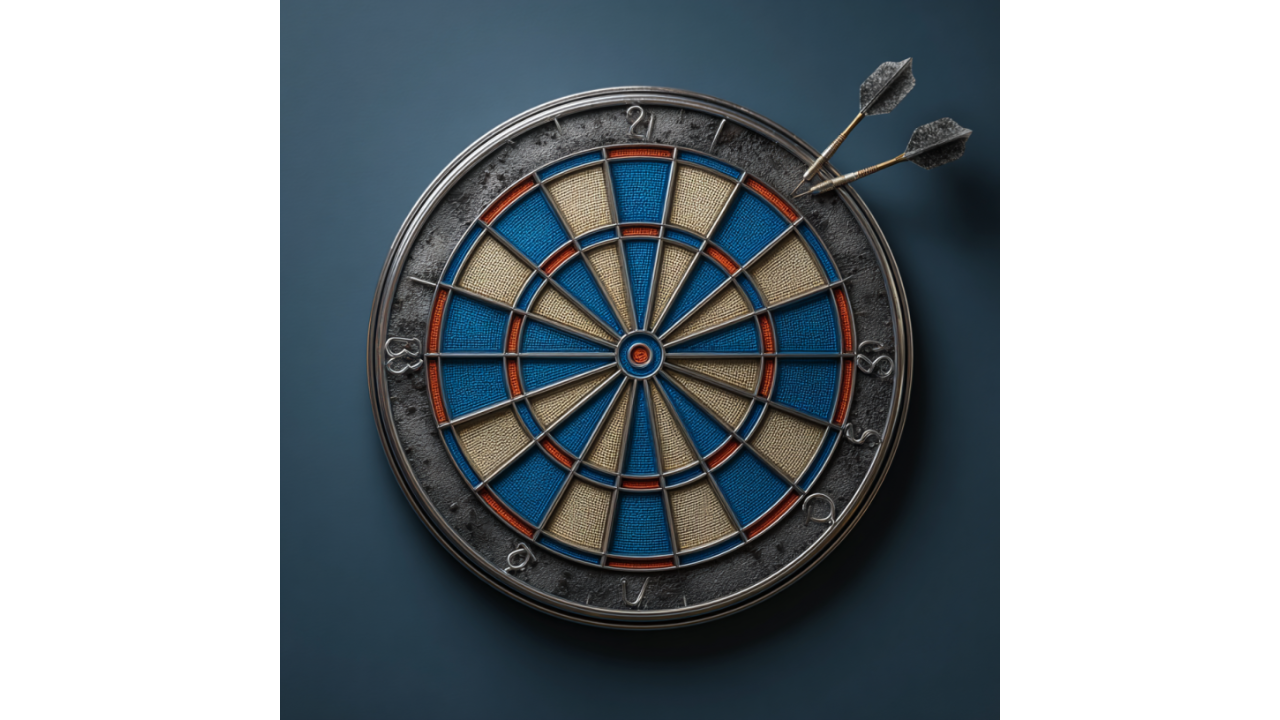Microsoft's $80 Billion AI Bet
Microsoft just pulled off the ultimate "I told you so" moment in tech history. While armchair analysts questioned whether the company's massive AI...
-3.png)
Microsoft just announced their AI system can diagnose complex medical cases with 80% accuracy while human doctors managed only 20% on the same test cases. The company boldly declared this creates a "path to medical superintelligence" and will be "almost error-free" within a decade. But before we crown our new AI overlords of healthcare, let's examine what this actually means—and what Microsoft isn't telling us.
This isn't another sky-is-falling AI panic piece. It's also not a breathless celebration of Silicon Valley saving medicine. It's something more nuanced: a recognition that we're witnessing genuine progress wrapped in dangerous oversimplification.
The Test That Tells Us Everything and Nothing
Microsoft's research focused on exceptionally complex cases from the New England Journal of Medicine—the kind of diagnostic puzzles that would challenge even veteran specialists. Their AI system, when paired with OpenAI's o3 model, correctly diagnosed 8 out of 10 cases that stumped human doctors who could only manage 2 out of 10.
But here's the crucial context Microsoft glosses over: doctors in the study worked "without access to colleagues, textbooks, or chatbots"—essentially stripped of the collaborative, resource-rich environment that defines modern medicine. Analysis of 83 studies revealed an overall diagnostic accuracy of 52.1% for AI models, with no significant performance difference between AI and physicians overall, and AI models performed significantly worse than expert physicians.
It's like testing whether GPS is better than human navigation by blindfolding the humans and taking away their maps. Impressive? Sure. Clinically relevant? That's where it gets complicated.
A recent Stanford study provides essential counterbalance to Microsoft's triumphant narrative. When 50 physicians were given access to ChatGPT as a diagnostic aid, the results were humbling: ChatGPT alone scored 92% on diagnostic accuracy, while doctors using ChatGPT scored about the same as doctors using traditional resources—around 74-76%.
The shocking finding? Adding human expertise to AI actually reduced diagnostic accuracy. But before we declare doctors obsolete, consider what this really reveals: we don't yet understand how to effectively combine human clinical judgment with AI capabilities. The researchers were surprised to find that adding a human physician to the mix actually reduced diagnostic accuracy though improved efficiency.
This isn't a failure of medicine—it's a failure of integration. We're essentially asking doctors to become AI whisperers without providing the training, frameworks, or workflows to make that partnership effective.
Despite the integration challenges, AI diagnostic capabilities are genuinely impressive across multiple specialties. A South Korean study revealed AI-based diagnosis achieved 90% sensitivity in detecting breast cancer with mass, outperforming radiologists who achieved 78%. Deep learning algorithms accurately diagnose melanoma cases in dermatology, while AI interprets echocardiograms to detect arrhythmias and heart failure in cardiology.
At Massachusetts General Hospital and MIT, researchers developed AI algorithms that achieved a remarkable 94% accuracy rate in detecting lung nodules, significantly outperforming human radiologists who scored 65% accuracy in the same task. Traditional methods lead to misdiagnosis in 5-15% of patients, highlighting why we need better diagnostic tools.
These aren't theoretical improvements—they're already saving lives in clinical settings where AI assists rather than replaces human judgment.
Microsoft's "superintelligence" language reveals a fundamental misunderstanding of what doctors actually do. NIH research found that while AI models could select correct diagnoses, physician-graders found the AI model often made mistakes when describing the medical image and explaining its reasoning behind the diagnosis—even in cases where it made the correct final choice.
In one example, an AI model was shown a patient's arm with two lesions. While a physician would easily recognize both lesions were caused by the same condition, the AI failed to make this connection because the lesions appeared at different angles, creating the illusion of different colors and shapes.
Medicine isn't just pattern recognition—it's relationship building, ambiguity navigation, and complex decision-making under uncertainty. Forrester's 2024 survey reveals that developers spend only 24% of their time writing code; similarly, physicians spend far more time than diagnostics on patient communication, treatment planning, and collaborative care.
The real bottleneck isn't AI capability—it's clinical integration. 83% of doctors believe AI will benefit healthcare providers, but 70% express concerns about its use in the diagnostic process. Whether rules-based or algorithmic, using artificial intelligence in healthcare for diagnosis and treatment plans can often be difficult to marry with clinical workflows and EHR systems.
Much of the AI capabilities for diagnosis from medical software vendors are standalone and address only certain areas of care. Healthcare facilities need to carefully integrate AI into their clinical workflows, which requires substantial investment in training, infrastructure, and change management.
The most successful AI implementations don't replace human expertise—they amplify it by handling routine tasks while physicians focus on complex cases and personalized patient care.
Microsoft's research represents genuine advancement in AI diagnostic capabilities. The technology shows remarkable potential for improving accuracy, especially in complex cases where even expert physicians struggle. However, the path to "medical superintelligence" is far more complex than Silicon Valley soundbites suggest.
The current evidence suggests AI works best as a sophisticated diagnostic aid rather than a replacement for clinical judgment. While 83% of doctors believe AI will eventually benefit healthcare providers, successful implementation requires solving integration challenges, training healthcare workers to collaborate effectively with AI, and developing clinical workflows that leverage both human expertise and machine capabilities.
Microsoft's timeline of "almost error-free" AI within 5-10 years might be achievable for specific diagnostic tasks, but healthcare delivery involves far more than pattern recognition. The most transformative potential lies not in replacing doctors but in creating human-AI partnerships that combine the best of both worlds: machine precision with human wisdom.
The question isn't whether AI will transform medicine—it already is. The question is whether we'll learn to harness that transformation thoughtfully, or whether we'll rush toward "superintelligence" without understanding what we're leaving behind.
Need help positioning your healthcare marketing strategy for an AI-enhanced medical landscape? Winsome Marketing's growth experts understand how to communicate complex technological advances while building trust with healthcare audiences. Get in touch.
-4.png)
Microsoft just pulled off the ultimate "I told you so" moment in tech history. While armchair analysts questioned whether the company's massive AI...

Microsoft is pushing back against reports that it reduced AI sales targets after teams fell dramatically short last fiscal year. According to The...

The honeymoon is officially over. Microsoft just dropped two in-house AI models—MAI-Voice-1 and MAI-1-preview—in what can only be described as the...